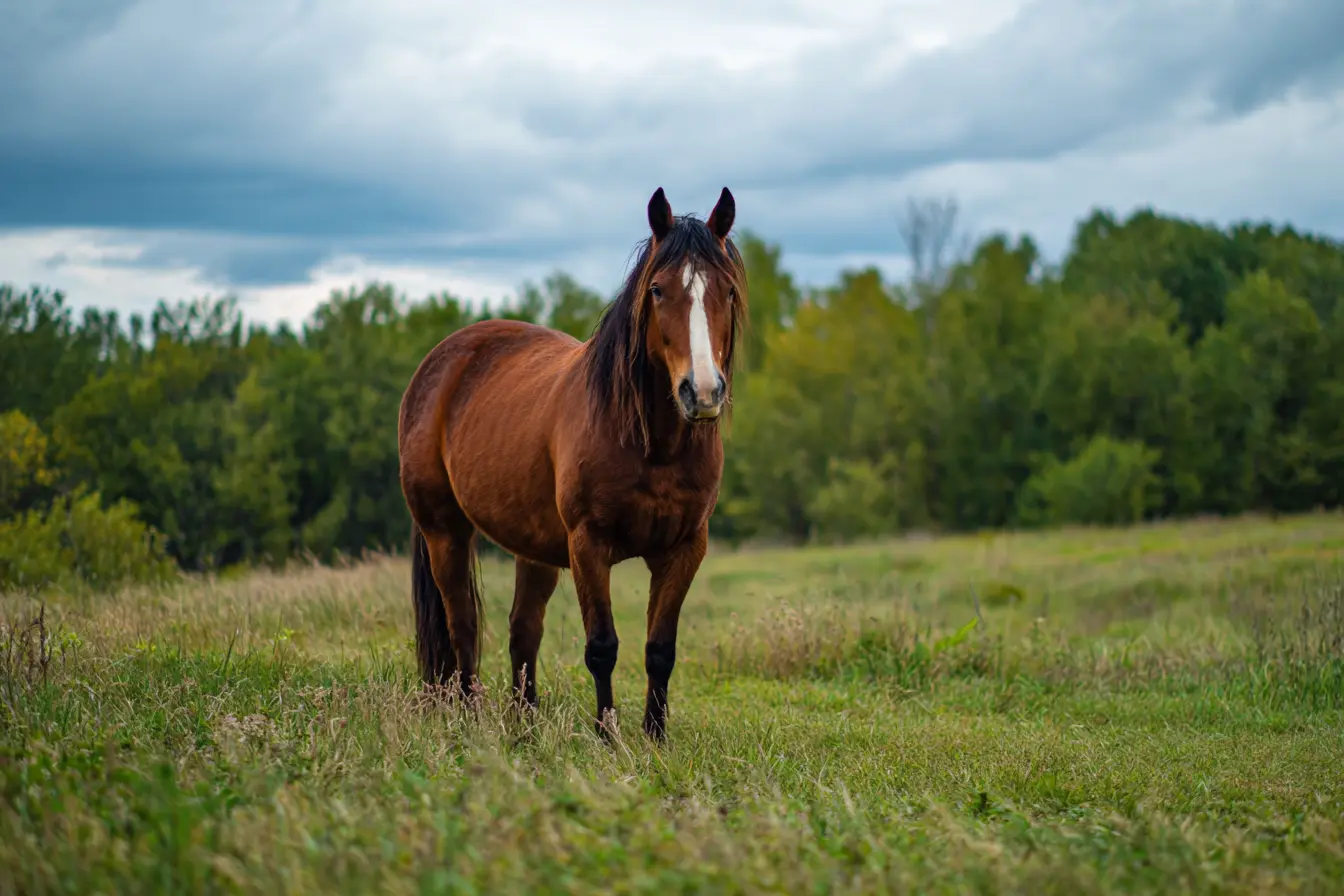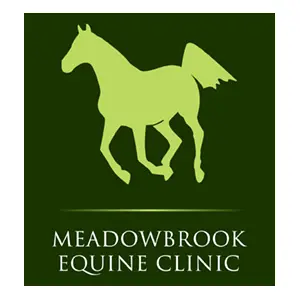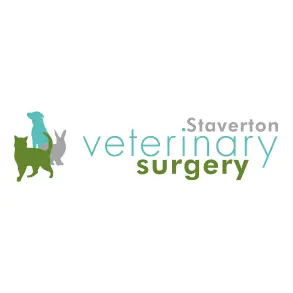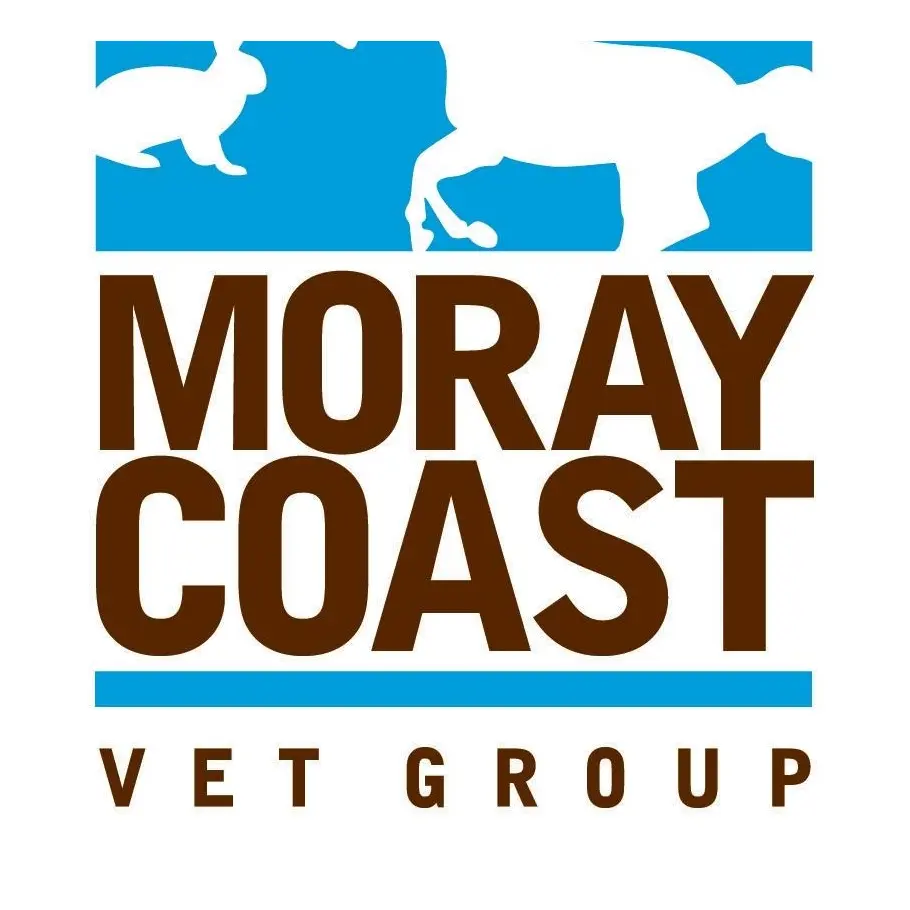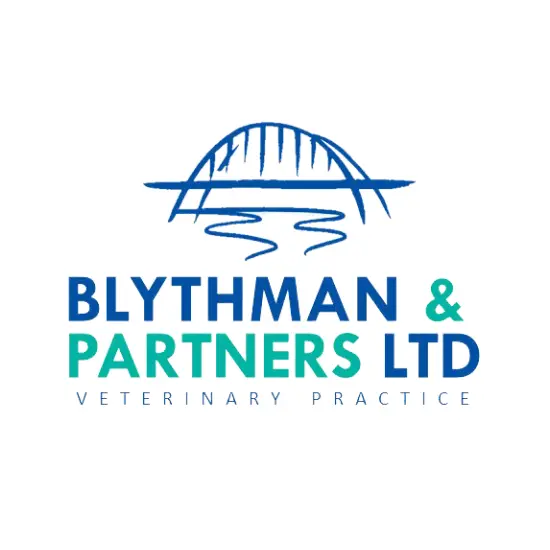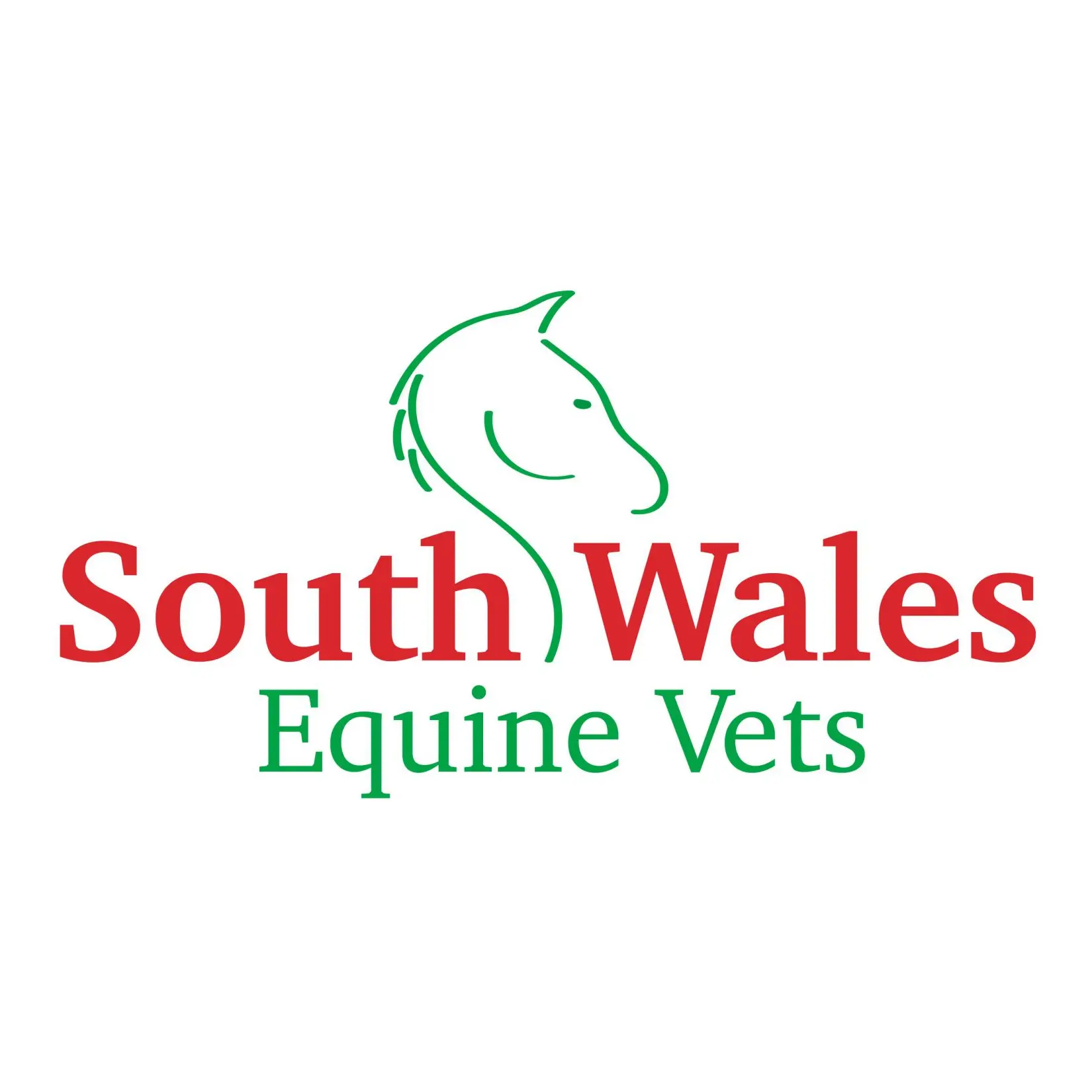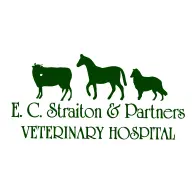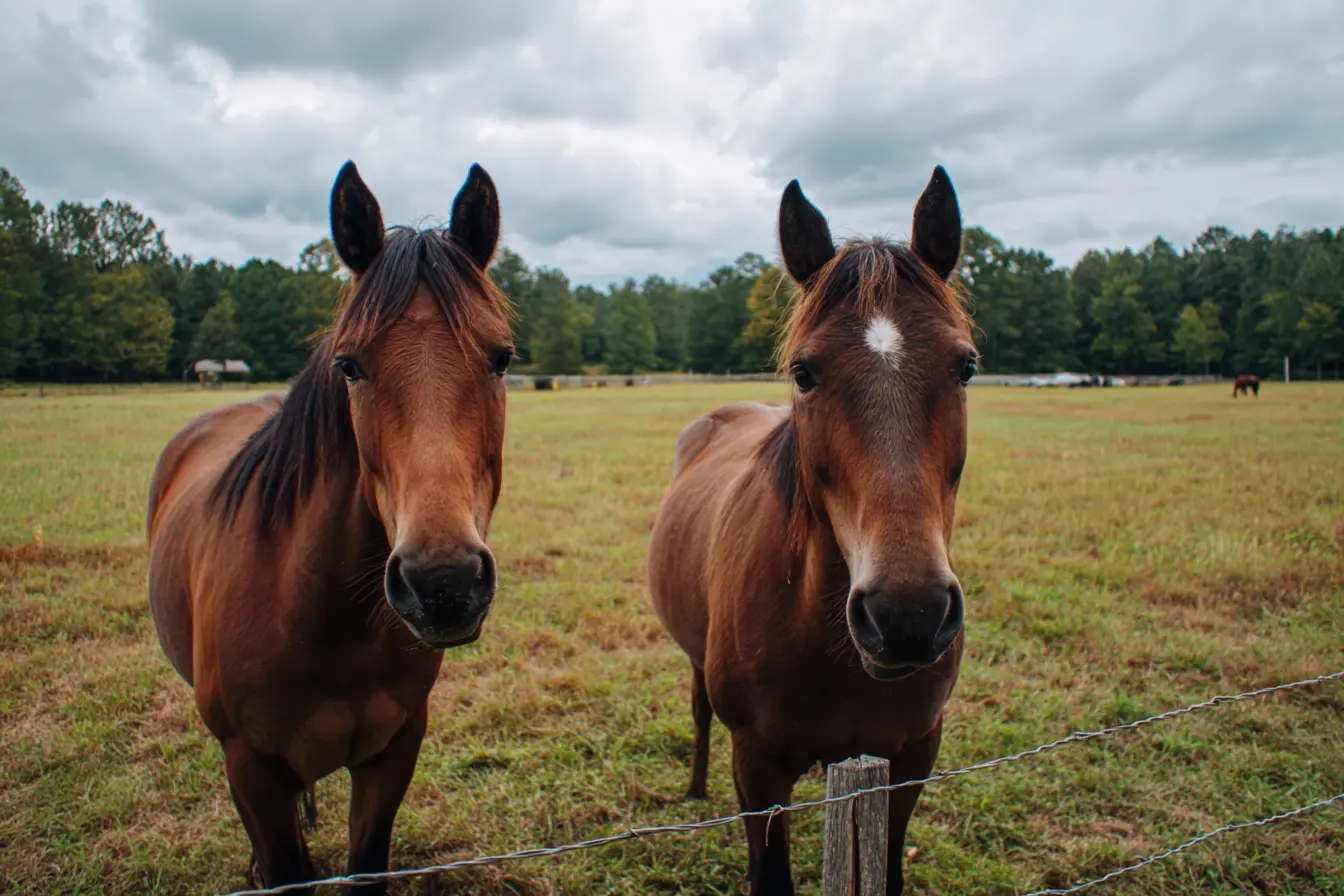
A Complete Guide to Breeding Horses
Breeding horses can be rewarding, but it is a complex and demanding responsibility. It requires careful planning, extensive knowledge, and long-term commitment to the health and welfare of both the mare and the foal. Whether breeding for sport, showing, or pleasure, it is essential to understand the entire process, from selecting breeding stock to raising and weaning the foal.
This post explains everything you need to know about breeding horses, including considerations before breeding, selecting suitable horses, the breeding process, pregnancy, foaling, aftercare, and legal and ethical responsibilities.
Before You Breed
Before starting, it is vital to consider whether breeding is the right decision.
- Breeding is expensive and time-consuming, and there are no guarantees of producing a healthy foal.
- You must be prepared for the possibility of complications, stillbirth, or loss of mare or foal.
- Foals require years of care, training, and handling before they can be ridden or sold.
- There is already an oversupply of unwanted horses, so only breed if there is a clear purpose and a realistic plan for the foal’s future.
Breeding should only be undertaken if you have the facilities, finances, time, and experience to manage the process properly.
Choosing Suitable Breeding Stock
The health, temperament, and conformation of the parent horses strongly influence the quality of the foal.
- Mares should be healthy, sound, of good temperament, and free from hereditary defects.
- Stallions should be proven, well-conformed, fertile, and have a good temperament.
- Both should be tested for infectious diseases such as equine viral arteritis (EVA), equine infectious anaemia (EIA), and contagious equine metritis (CEM).
- Pedigree, performance record, and compatibility of bloodlines should be carefully evaluated.
Avoid breeding from horses with known genetic defects, poor health, or unsuitable temperaments, as these can be passed on to the foal.
Breeding Methods
There are two main methods of breeding horses:
Natural covering
- The stallion physically covers the mare.
- Usually done at a stud farm with specialist facilities.
- Requires careful handling and supervision to prevent injury.
- The mare is usually sent to the stud when she is in season (oestrus).
Artificial insemination (AI)
- Semen is collected from the stallion and inseminated into the mare by a vet.
- Reduces the risk of injury and disease transmission.
- Allows use of stallions based far away, even overseas.
- Requires veterinary expertise and precise timing for successful conception.
Your vet or breeding specialist can advise on the best method for your mare.
The Mare’s Breeding Cycle
Understanding the mare’s cycle is vital for successful breeding.
- Mares are seasonally polyoestrous and usually come into season from spring to autumn.
- The cycle lasts about 21 days, with oestrus (heat) lasting 5–7 days.
- Ovulation occurs towards the end of oestrus.
- Vets use ultrasound scanning to time insemination or covering accurately.
Hormone treatments may be used to help synchronise or stimulate the mare’s cycle if necessary.
Pregnancy in Horses
Once conception is confirmed, the mare enters an 11-month (approximately 340 days) gestation period.
- Pregnancy can be confirmed by ultrasound at 14–16 days.
- Veterinary scans are also done at 28 days (heartbeat check) and 45 days (to confirm the pregnancy has held).
- The mare should receive good quality forage, a balanced diet, and regular farriery, dental care, and vaccinations.
- Most mares can continue light work during early and mid-pregnancy but are usually rested during the final trimester.
- Vaccinations against equine herpes virus (EHV) are often given at 5, 7, and 9 months of gestation.
Regular veterinary monitoring helps ensure the mare’s health and detect any complications early.
Preparing for Foaling
Preparation is crucial as foaling approaches.
- Move the mare to a clean, spacious foaling box or paddock at least 4 weeks before her due date.
- Monitor her closely for signs of impending labour, such as udder development, wax on teats, and relaxation of the pelvic ligaments.
- Keep foaling equipment ready (clean towels, tail bandages, disinfectant, foal resuscitator, vet’s phone number).
- Be prepared to call a vet immediately if complications arise.
Most mares foal without problems, but rapid veterinary intervention is essential if things go wrong.
The Foaling Process
Foaling usually happens at night and progresses quickly.
- Stage 1: Restlessness, pawing, sweating, and lying down as the mare prepares (may last several hours).
- Stage 2: Water breaks, and the foal is delivered within 15–30 minutes.
- Stage 3: The placenta is passed, usually within 3 hours.
If the foal is not delivered within 30 minutes after the water breaks, or if the presentation looks abnormal, call a vet immediately.
Care of Mare and Foal After Birth
- The foal should stand and nurse within 2 hours.
- The vet should examine the mare and foal within 12–24 hours.
- The mare should pass the placenta completely; retained placenta is an emergency.
- The foal should receive colostrum (first milk) promptly to gain vital antibodies.
- The umbilical stump should be disinfected regularly for the first few days.
- Monitor the mare’s appetite, demeanour, and milk production.
Turnout in a safe, clean paddock is usually possible after a few days.
Weaning the Foal
Foals are usually weaned at 5–6 months old.
- Gradual weaning is less stressful than sudden separation.
- The foal should be eating solid feed and hay before weaning.
- Continue regular handling, grooming, and farrier visits to build good manners.
- Monitor the foal’s weight, growth, and health closely.
Weaning is a crucial stage in the foal’s development and can affect its behaviour for life.
Legal and Ethical Responsibilities
Breeding horses carries significant responsibilities.
- Only breed if you have the facilities, finances, time, and knowledge to care for both mare and foal.
- You have a duty of care to ensure their welfare under UK animal welfare legislation.
- Breeding should be done with the aim of producing healthy, useful horses with good futures.
- Ensure you have appropriate insurance and plan ahead for the foal’s long-term care or sale.
Irresponsible or casual breeding contributes to unwanted horses and welfare problems.
Conclusion
Breeding horses is a complex, expensive, and long-term commitment. It requires careful planning, veterinary support, and extensive aftercare. From selecting the right breeding stock to raising a healthy foal, every stage involves responsibility, time, and skill.
If you are considering breeding your horse, seek guidance from your vet and experienced breeders, and make sure you are fully prepared for the challenges and responsibilities involved. With the right preparation and care, breeding can be a rewarding experience but it is not a decision to take lightly.
Related Vets
Vets near you
Speciality vets
- Aquatics vet specialists
- Birds vet specialists
- Camelids vet specialists
- Cats vet specialists
- Cattle vet specialists
- Deer vet specialists
- Dogs vet specialists
- Equines vet specialists
- Exotic vet specialists
- Goats vet specialists
- Pigs vet specialists
- Poultry vet specialists
- Sheep vet specialists
- Small Mammals vet specialists
- Wild vet specialists

